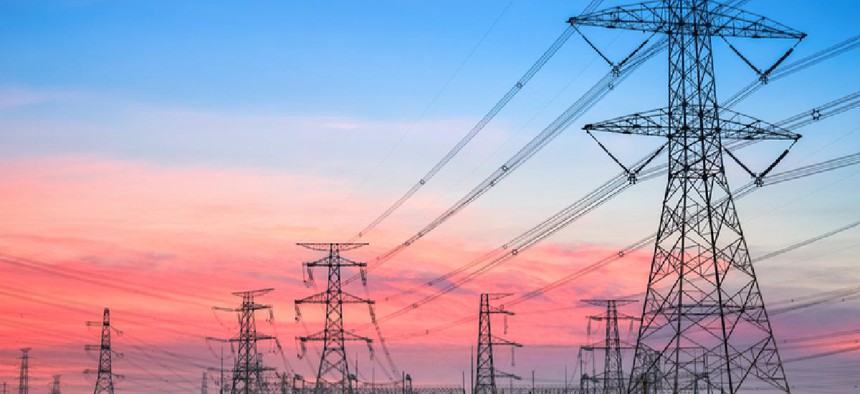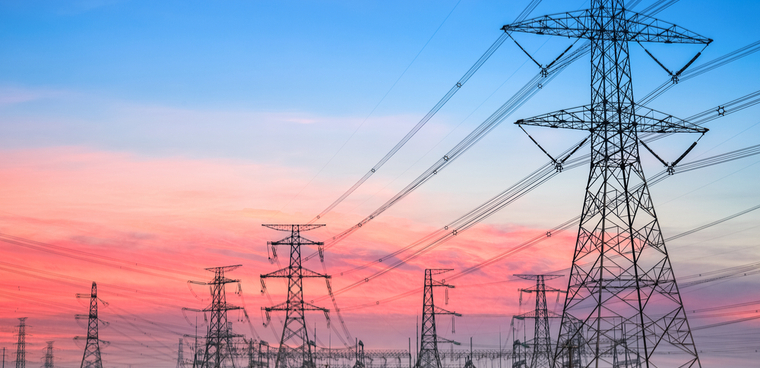National Labs bring emerging tech to bear on grid security

Researchers are at work on advanced solutions to help protect vulnerable networks across the energy industry.

Federal researchers are looking to leverage quantum computing, artificial intelligence and dedicated networks to help shield electric grid networks from remote cyber attackers as well as physical exploits involving unauthorized access to infrastructure.
National lab researchers described their work to secure the nuts and bolts of grid infrastructure providers' communications networks using secured communications nodes, quantum-key encryption and isolated networks in presentations by the Energy Department's Office of Cybersecurity, Energy Security, and Emergency Response's (CESER) research and development group.
Critical infrastructure Supervisory Control and Data Acquisition systems are a perennial target for hackers. According to a study released by threat monitoring firm Vectra on Nov. 1, there were almost 200 network hacking attempts for every 10,000 SCADA host devices.
Alongside electrical grid infrastructure carrying operational data, utilities deploy communications networks that could be used to disrupt service, according to national lab scientists speaking at CESER's Energy Delivery Systems program on Nov. 7.
"Fiber systems are relatively easy to tap. You put a bend in a cable, and the photons shoot right of there," Alia Long, lead development researcher in cyber-physical systems in Los Alamos National Lab's Advanced Research in Cyber Systems group, said in her presentation.
Researchers at Lawrence Berkeley National Lab are looking into a machine-learning tool that would help power companies detect and solve cyberattacks on their power distribution networks. The tool would use Google's DeepMind AI to figure out where to install cyber-hardened operational gear.
Researchers at Oak Ridge National Laboratory are in the midst of addressing an even more sweeping network infrastructure security measure. The lab just completed the first year of its "Darknet" research project that harnesses unused fiber optic cables already in place at electrical infrastructure providers' locations to relocate communications operations.
ORNL's Darknet project, begun last fall, is looking at how an energy delivery control system network could operate independently of the public internet, opening up a world where more advanced and strict security could be installed.
While such network could be used to make recordings of all communications on the system and conduct more intricate malware detection and analysis capabilities, ORNL's Peter Fuhr said that fiber capacity is increasingly in demand by companies.
The Darknet project has taken only a limited look at the specialized network, he said. In fiscal 2019 and 2020, he said, the project could connect with more power companies to expand its scope.


